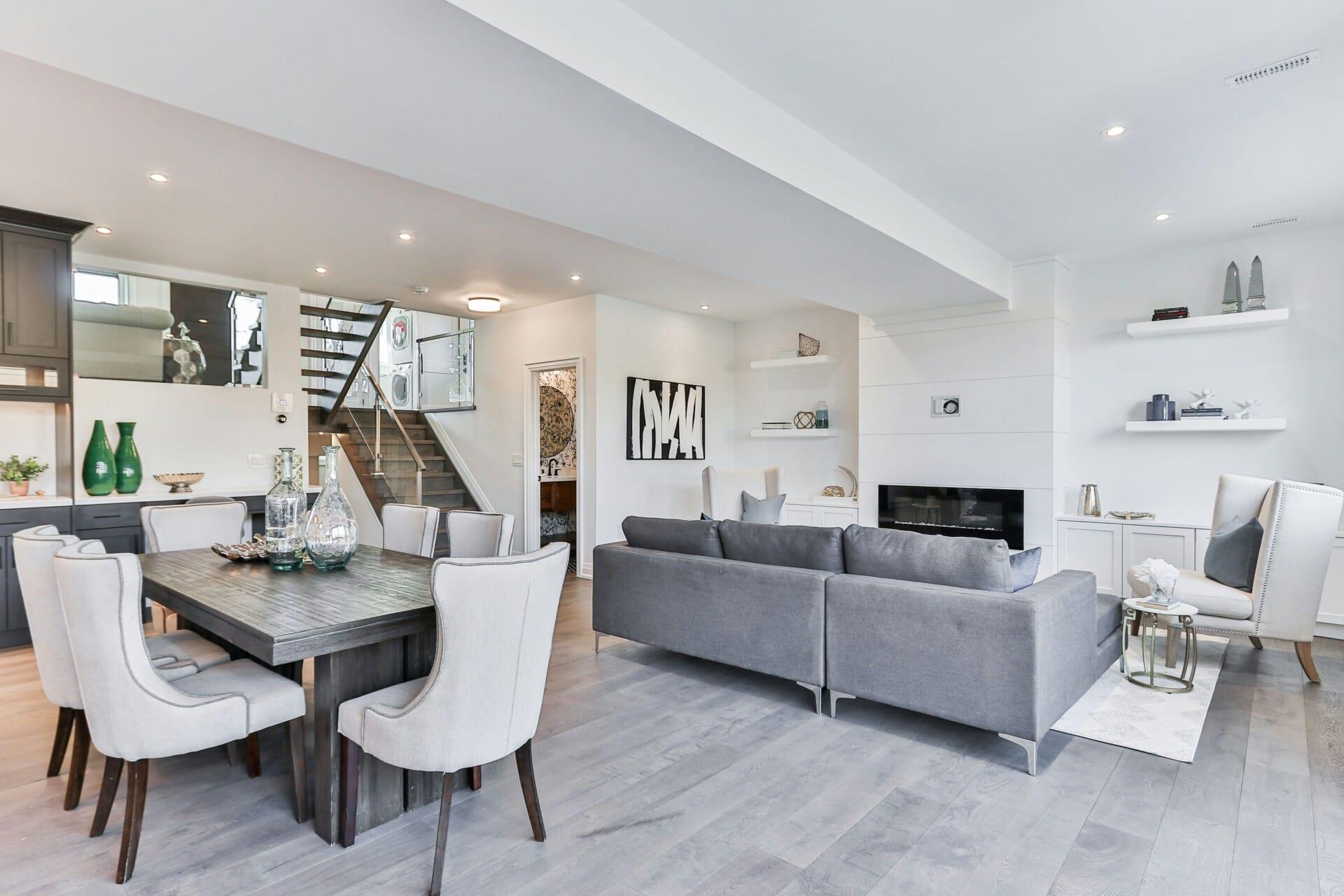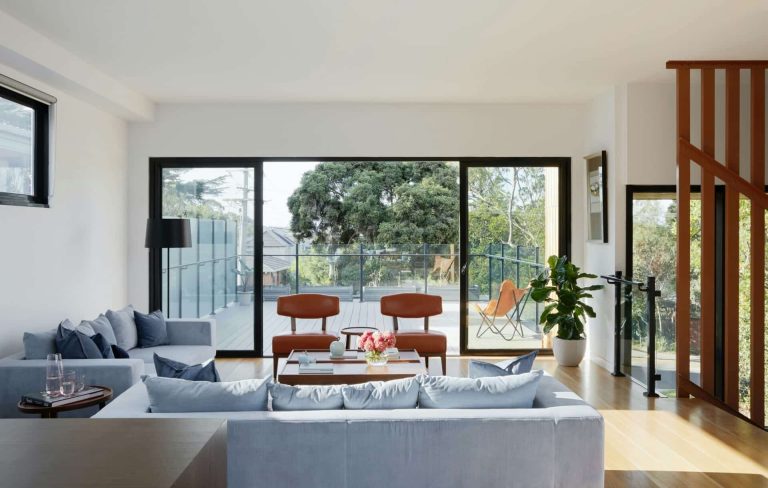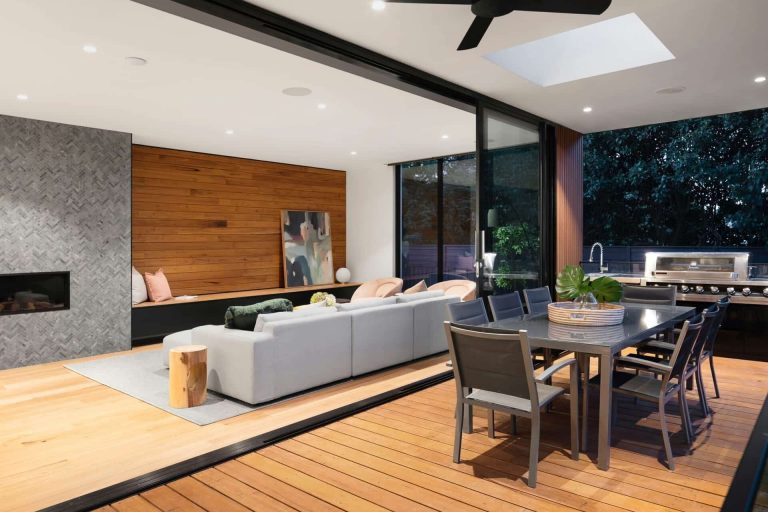Hey there, Malaysia! Let’s talk about something that’s changing the game in our construction scene. You’ve probably noticed the cranes and scaffolding popping up all around – but have you ever thought about how the methods and technologies behind those buildings are evolving? The future of construction in Malaysia is more than just bricks and mortar; it’s about embracing modern methods that can save time, cut costs, and boost efficiency. From innovative materials to smart design practices, the industry is gearing up for a transformation that could redefine our skylines and the way we live. So, let’s dive in and explore why this shift isn’t just a trend, but a necessary leap into a brighter, more sustainable future for Malaysia!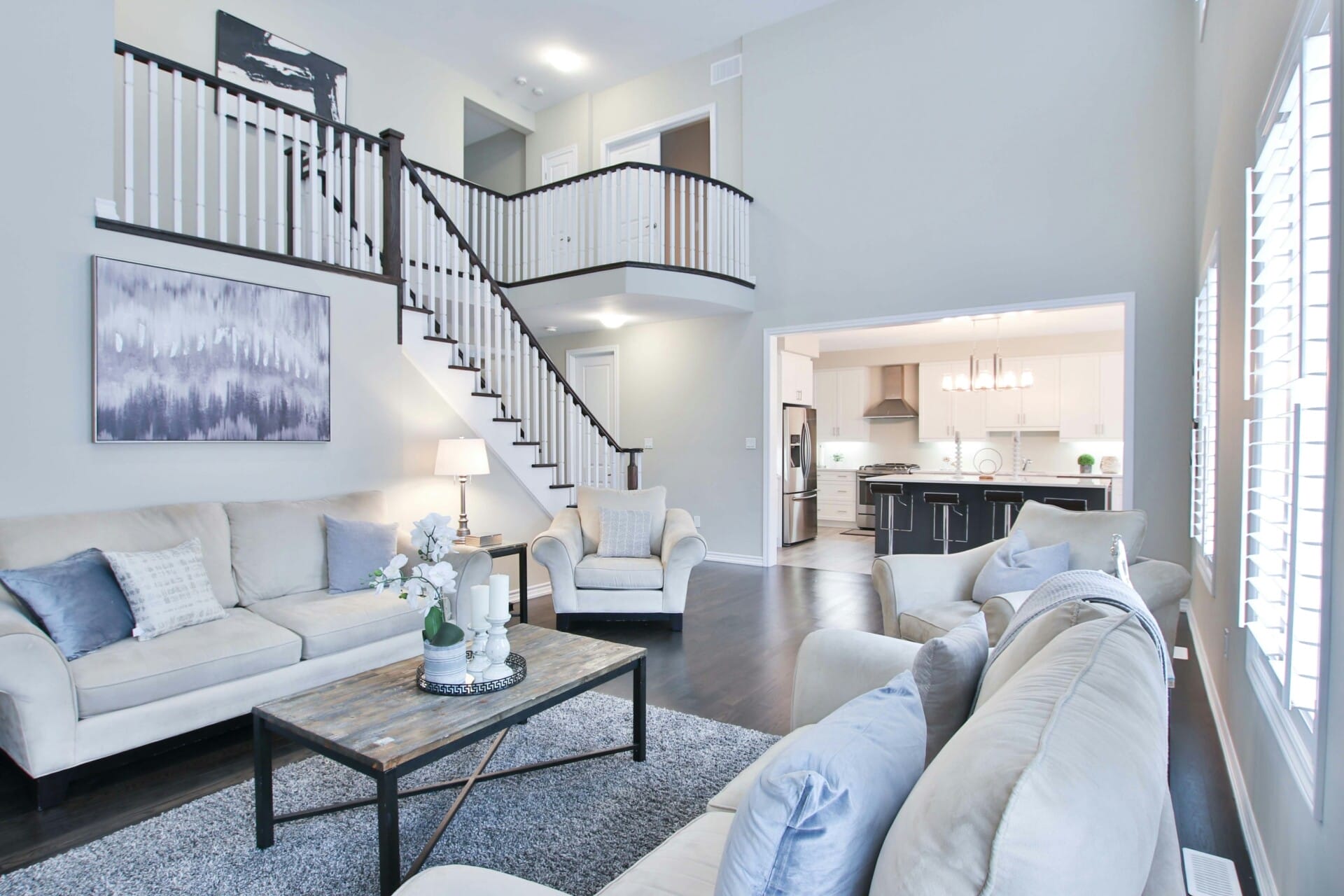
The Paradigm Shift in Construction Practices
The construction landscape in Malaysia is on the brink of a major transformation, driven by a blend of innovation and necessity. As the demand for faster and more cost-effective building solutions grows, industry players are setting their sights on modern methods and cutting-edge technologies. This move is not just about keeping up with global trends; it’s about enhancing productivity and sustainability in a region often challenged by traditional practices.
Consider the benefits these modern techniques bring to the table:
- Efficiency: Advanced Prefabrication methods allow components to be manufactured off-site, leading to quicker assembly and reducing on-site construction time.
- Sustainability: Eco-friendly materials and energy-efficient designs are becoming the norm, aligning with Malaysia’s commitment to green building standards.
- Cost-Effectiveness: Leveraging technology minimizes waste and reduces labor costs, making projects more budget-friendly without compromising quality.
It’s also essential to recognize how technology-enhanced solutions are bridging gaps in collaboration and communication among stakeholders. Tools like Building Information Modeling (BIM) enhance project visibility, while drone surveying improves site assessment accuracy. As we look ahead, these advancements will not only bolster Malaysia’s competitive edge in the construction sector but will also pave the way for safer, smarter, and more resilient infrastructure.

Embracing Digital Innovation for Enhanced Efficiency
“`html
In today’s fast-paced world, construction companies in Malaysia are realizing that embracing digital innovation is no longer a luxury, but a necessity. The integration of technologies such as Building Information Modeling (BIM), drones, and Artificial Intelligence (AI) allows for a more streamlined workflow and has proven to increase productivity. By harnessing these modern tools, businesses can effectively minimize delays and reduce costs, turning traditional practices on their head while maximizing value.
Collaborative platforms are essential for enhancing communication and efficiency among stakeholders. With easy access to vital project information, teams can make informed decisions in real-time. Some key benefits include:
- Improved Project Management: Real-time data sharing enhances coordination.
- Reduced Errors: Early detection of issues limits costly reworks.
- Increased Safety: Digital monitoring ensures that safety protocols are followed.
Moreover, the power of data analytics can’t be overlooked. By utilizing data-driven insights, construction firms can predict outcomes, evaluate project performance, and optimize resources. Here’s a simple breakdown of how analytical methods can be employed:
| Data Type | Benefit |
|---|---|
| Historical Data | Identifies trends for better forecasting. |
| Real-time Monitoring | Allows for immediate adjustments and improvements. |
| Cost Tracking | Enhances budgeting accuracy and reduces waste. |
“`
Sustainable Building Solutions for a Greener Tomorrow
As Malaysia strides confidently into the future, the construction industry is awakening to the urgency of sustainability. With a growing recognition of environmental impact, builders are increasingly looking towards modern methods and technologies to pioneer greener practices. Techniques such as prefabrication, 3D printing, and modular construction not only reduce waste but also minimize construction time. Imagine an array of materials sourced from local suppliers, cutting down carbon footprints and ensuring craftsmanship that respects local culture and aesthetics.
One of the standout innovations reshaping building projects is green building technology. Features like solar panels, rainwater harvesting systems, and energy-efficient HVAC (heating, ventilation, and air conditioning) can transform how we think about energy consumption in our homes and commercial spaces. Integrating these technologies means buildings can achieve LEED (Leadership in Energy and Environmental Design) certification, a mark of quality that is increasingly sought after in new developments. The future is bright, particularly when we consider the significant role that community support plays in embracing these changes.
Let’s not forget the economic benefits of moving towards sustainable construction. Not only do these methods promise lower running costs over time, but they also open up avenues for job creation in new technologies and practices. Here’s a quick look at the incentives:
| Benefit | Description |
|---|---|
| Cost Savings | Reduced energy expenses through efficient systems. |
| Job Creation | New roles in green technologies and practices. |
| Increased Property Value | Green certifications can boost market appeal. |
Transitioning to sustainable practices is not just an option anymore; it’s a necessity for a healthier planet and a prosperous future. As Malaysia evolves, so too must its construction methodologies, marrying tradition with innovation in a way that respects our heritage while embracing the progress that leads to a greener tomorrow.

The Rise of Prefabrication and Modular Design
In recent years, the construction landscape in Malaysia has witnessed a transformative shift towards prefabrication and modular design. These innovative methods allow for components of buildings to be constructed off-site in a controlled environment, ensuring quality and reducing the construction timeline significantly. This approach not only streamlines the building process but also helps in mitigating the impact of unpredictable weather conditions often faced on-site. With the surge in urbanization, the need for rapid and efficient construction methods has never been more obvious.
One of the most compelling advantages of modular construction is its ability to foster sustainability. By minimizing waste during the production process and maximizing the reuse of materials, this method aligns with the global push for environmentally friendly practices. Additionally, modular design promotes energy efficiency, as many systems can be integrated seamlessly—think solar panels, energy-efficient heating, and cooling systems, all designed to work hand in hand. In essence, building with pre-made components often results in structures that boast reduced carbon footprints and better energy usage over their lifetime.
The economic implications are equally noteworthy, as prefabrication can lead to significant cost savings for developers. By decreasing labor costs and allowing for rapid project turnover, developers can see returns on investment sooner without sacrificing quality. Furthermore, the predictable nature of modular building allows for better budgeting and resource allocation. As these methods gain traction in the Malaysian market, we can expect an uptick in innovative architecture that not only meets the growing demand for housing and commercial space but also adheres to the principles of modern sustainability and efficiency.

Integrating Smart Technologies in Project Management
As the construction landscape evolves, Malaysian project managers are increasingly turning to smart technologies to streamline operations and enhance collaboration. By leveraging tools like Building Information Modeling (BIM), project teams can visualize entire structures in a virtual environment, making it easier to identify potential issues before they become costly problems. This proactive approach saves time, minimizes errors, and ultimately leads to more efficient project delivery.
Another key component of modern project management lies in the integration of mobile technologies. With project management apps and cloud-based platforms gaining traction, team members can stay connected in real-time, regardless of their location. This flexibility not only boosts productivity but also fosters a culture of accountability. Some advantages include:
- Instant updates on project progress
- Seamless communication between stakeholders
- Access to important documents anywhere, anytime
Moreover, the use of data analytics is transforming decision-making in construction projects. By capturing and analyzing data from various phases of development, project managers can gain valuable insights into resource allocation, risk assessment, and cost control. This data-driven approach enables teams to make informed decisions quickly. Here’s a snapshot of how data analytics can enhance project performance:
| Data Type | Benefit |
|---|---|
| Resource Utilization | Identify areas for improvement |
| Contractor Performance | Evaluate efficiency and outcomes |
| Budget Tracking | Ensure project stays financially on course |

Skilled Workforce Development in a Tech-Driven Era
The construction industry in Malaysia is on the brink of transformation, driven by the rapid integration of modern technologies and methods. This shift not only enhances efficiency but also demands a skilled workforce that can adapt swiftly to the evolving landscape. With the introduction of Building Information Modeling (BIM), drones for site surveying, and robotics for construction tasks, there’s a strong emphasis on upskilling the current workforce to meet these new challenges head-on.
To foster a tech-savvy workforce, companies and educational institutions need to collaborate more closely. Here are some initiatives that can bridge the gap:
- Industry Partnerships: Collaborate with tech firms to integrate cutting-edge tools into training programs.
- Apprenticeship Schemes: Encourage hands-on experience in modern construction practices for young professionals.
- Online Learning Platforms: Provide access to courses focused on the latest construction technologies.
Moreover, a focus on continuous learning is vital. As technologies advance, so should the skills of the workforce. By creating a culture of innovation and lifelong learning, construction professionals will be better equipped to embrace changes and optimize project outcomes. Consider introducing monthly workshops or quarterly conferences to keep everyone updated on the latest trends and practices. The commitment to developing a highly skilled workforce today will undoubtedly shape the construction landscape of Malaysia tomorrow.
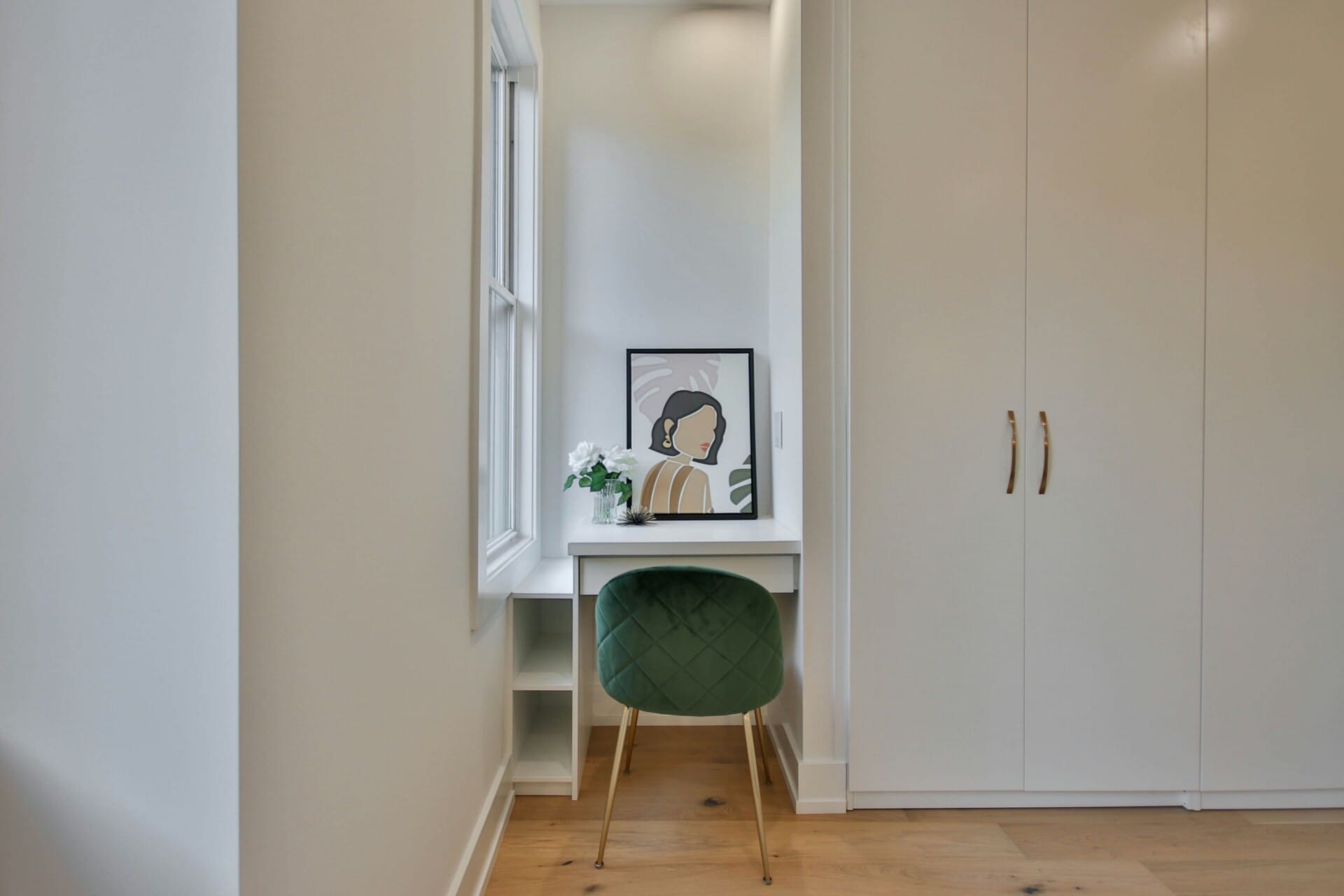
Collaboration Across Sectors: A Path to Innovation
When it comes to driving innovation in construction, forging partnerships across various sectors is essential. Public-private collaborations can lead to the introduction of new technologies, materials, and methods that can drastically improve efficiency and sustainability. By uniting government agencies, private firms, and academic institutions, Malaysia can create a powerhouse of collective expertise. This collaboration allows for the pooling of resources and knowledge, which can lead to transformative changes in the industry.
Embracing modern methods of construction (MMC) is particularly crucial for addressing the unique challenges of Malaysia’s rapidly growing urban landscape. For instance, integrating information technology with traditional construction methods can streamline processes, reduce waste, and ensure that projects are completed on time. Consider how building information modeling (BIM) and prefabrication techniques are already reshaping construction outcomes. The benefits include:
- Cost Efficiency: Reduces overall project expenditure.
- Time Savings: Encourages faster build times.
- Quality Control: Improves precision and minimizes errors.
Moreover, supportive policies from the government can facilitate a smoother transition to these modern practices. By creating incentives for companies that adopt innovative technologies, Malaysia could turn into a leader in sustainable construction in the region. The following table outlines potential collaborations that could boost innovation in the construction sector:
| Sector | Potential Collaboration | Expected Outcome |
|---|---|---|
| Government | Policy creation and funding | Enhanced industry standards |
| Private Sector | Technology adoption | Increased project efficiency |
| Academic Institutions | Research and development | Innovative construction methods |
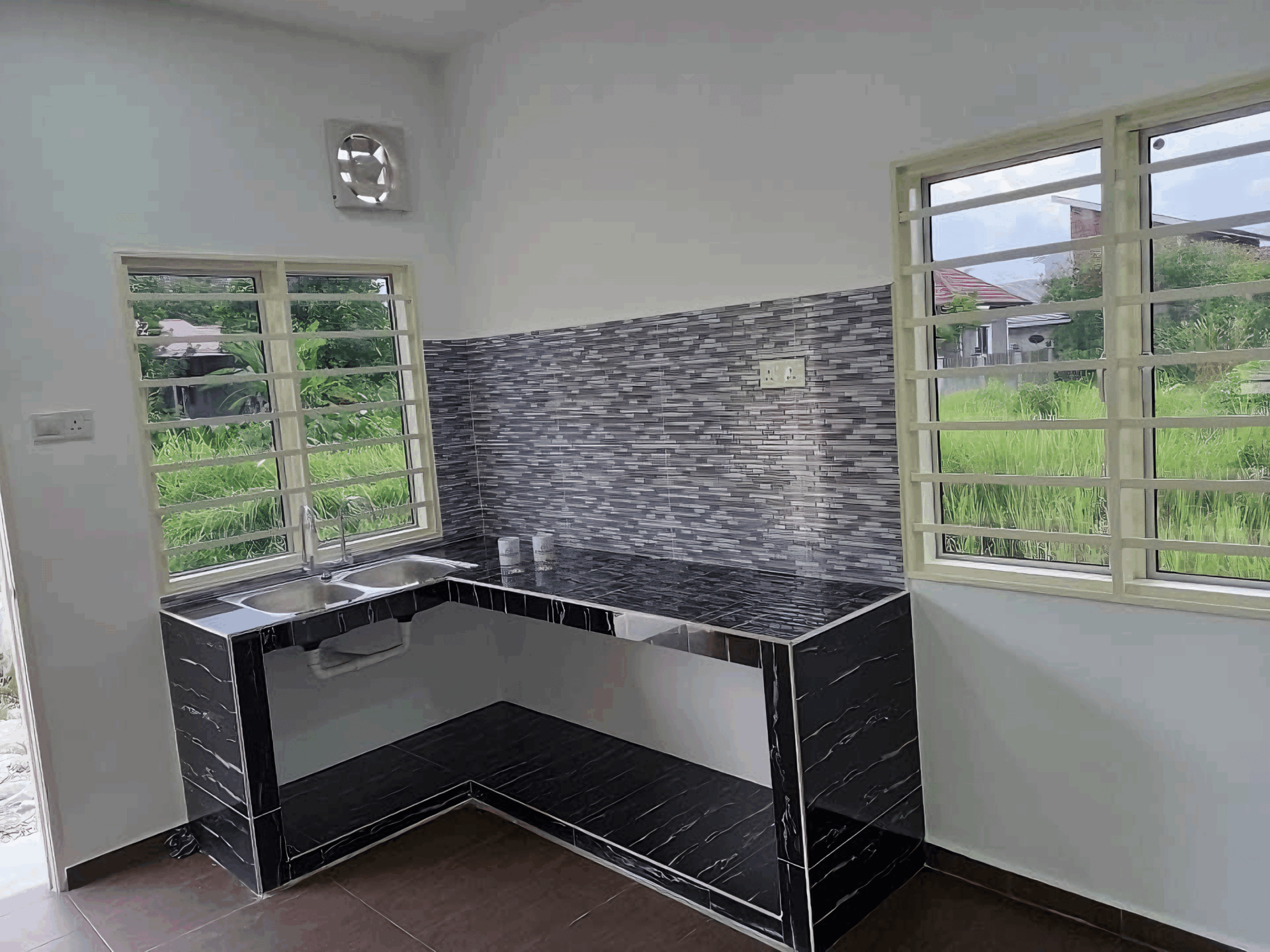
Regulatory Frameworks That Support Modernization
In Malaysia, the construction sector is undergoing a significant transformation, largely supported by a series of regulatory frameworks that encourage innovative practices and technologies. These frameworks are not merely governance tools; they are catalysts for change, aimed at enhancing efficiency, safety, and environmental sustainability. One of the standout features includes the government’s commitment to streamlining regulations, making it easier for companies to adopt modern methods without getting bogged down in bureaucratic red tape.
The Construction Industry Development Board (CIDB) plays a pivotal role in shaping these regulations. By promoting initiatives such as the Modern Methods of Construction (MMC), CIDB aims to uplift industry standards, reduce construction time, and ultimately lower costs. Key components of this initiative include:
- Standardization of practices – Ensures that all players in the market adhere to high-quality benchmarks.
- Incentives for adopting technology – Grants and subsidies are available for firms that invest in innovative construction methods.
- Skill development programs - Continuous training is provided to workers to skill them in modern techniques.
Furthermore, the Green Building Index (GBI) embodies the push towards eco-friendly practices, promoting sustainability within the industry. This regulatory framework not only enhances the marketability of buildings but also aligns with global standards on environmental responsibility. Through GBI, developers are encouraged to minimize their carbon footprint, leading to long-term benefits for both the environment and the economy. The interaction between these regulatory bodies and the industry players is crucial in paving the way for the future of construction in Malaysia.
To Conclude
As we wrap up our exploration of the future of construction in Malaysia, it’s clear that embracing modern methods and technologies isn’t just a trend; it’s the pathway to revolutionizing how we build. With innovations like prefabrication, smart building materials, and advanced project management software, we’ve got the chance to create homes and structures that are not only efficient and sustainable but also better suited to the needs of our diverse communities.
Imagine a future where our cities are transformed into vibrant, smart environments that enhance our quality of life while supporting our economy. It’s not just about bigger buildings or faster construction; it’s about building a better tomorrow for everyone. So, let’s come together to champion these changes, explore new ideas, and drive the construction industry in Malaysia into a brighter, more innovative future. After all, the sky’s the limit when we dare to think and build differently!
